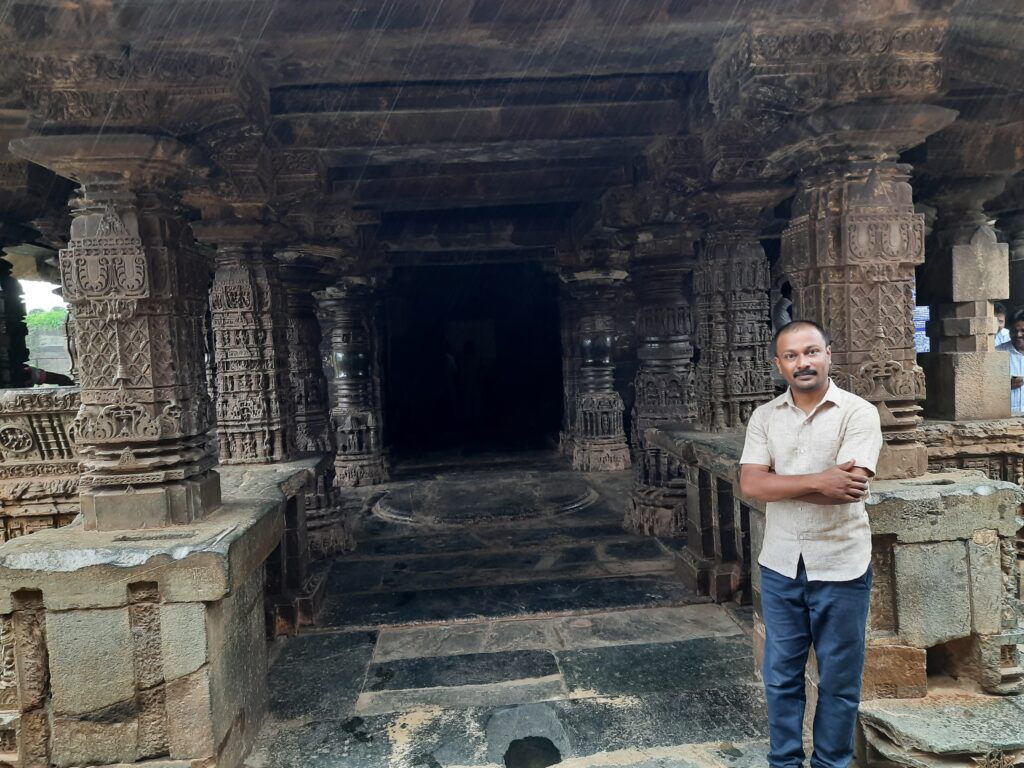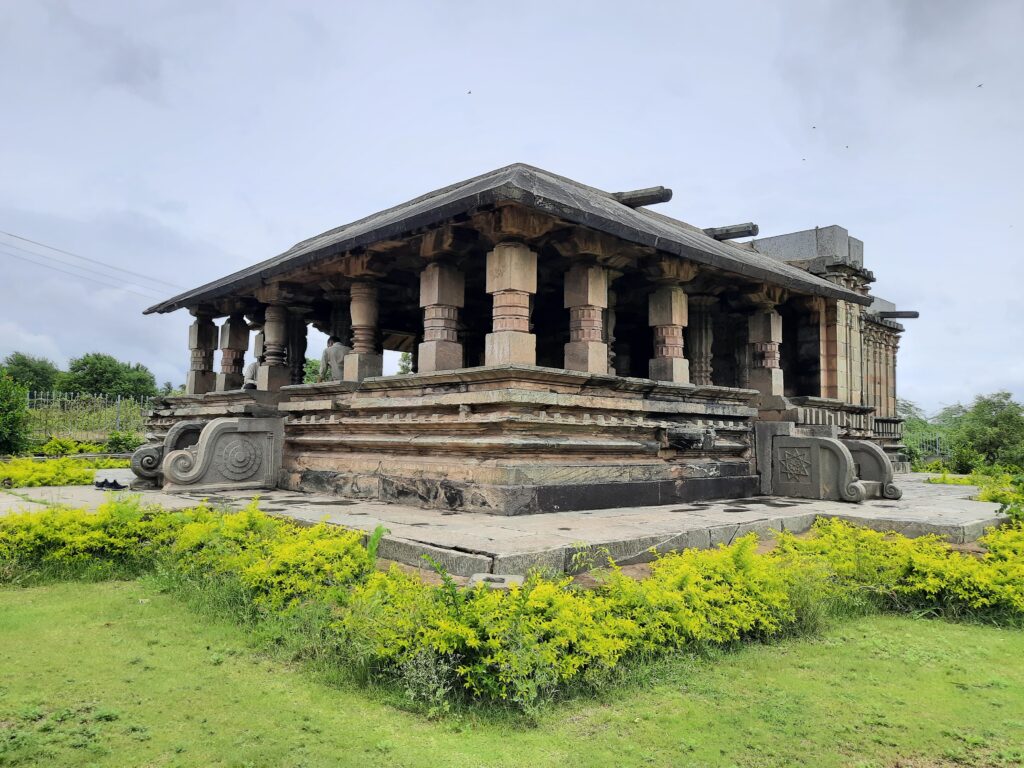
Religious Places
Monuments are enduring symbols of India’s architectural and cultural heritage, representing the artistic excellence and historical depth of the past. These structures provide valuable historical, political, and cultural insights and exist in various forms such as temples, mosques, churches, palaces, tombs, pillars, memorials, towers, statues, and forts.
India is home to numerous famous religious sites, including the Char Dham (Badrinath, Dwarka, Puri, and Rameswaram), the Golden Temple, Vaishno Devi, and Tirupati Balaji. Other renowned spiritual destinations like Haridwar, Varanasi, Kedarnath, Yamunotri, Gangotri, Ajmer, Bodhgaya, Sarnath, Pawapuri, Palitana, Girnar, and the Churches of Goa reflect the nation’s deep spiritual and architectural legacy.
Across the world, religious and secular ethical traditions coexist, shaping diverse moral frameworks such as humanismand utilitarianism. Different religions define right and wrong based on their beliefs and interpretations. In monotheistic faiths like Islam, Christianity, Judaism, and partly Sikhism, moral values are guided by divine laws and religious teachings interpreted by spiritual leaders.
In contrast, polytheistic and Eastern traditions are often more flexible. For instance, in Buddhism, the intention and circumstances of an action determine its moral value. Similarly, in Hinduism, ethical choices depend on social rank, kinship, and stages of life, reflecting a relative moral system. This contrasts with Western ideals of equality and universality, which can make Hinduism’s contextual approach to ethics challenging for outsiders to fully grasp.


Stone Chariot, Vittala Temple, Hampi
The stone chariot at Hampi, located within the Vittala Temple complex, is one of the most iconic monuments of the Vijayanagara Empire (14th–16th century). Beautifully carved from stone, it represents a ratha (chariot) dedicated to Garuda, the vehicle of Lord Vishnu, and stands as a timeless symbol of South Indian architecture and heritage.
Intricate Pillars of a Hoysala Temple
This temple hall features the ornate pillars characteristic of Hoysala architecture (12th–13th century). Its intricate carvings depict mythological scenes, floral designs, and narrative sculptures, reflecting the exceptional stone craftsmanship of the Hoysala era.


Hoysala Wall Sculptures
The outer wall features rows of miniature shrines and deities intricately carved in soapstone. Each figure, depicting gods, goddesses, and celestial beings, showcases the refined craftsmanship and decorative artistry typical of Hoysala architecture.
Nandi Mandapa (Sacred Bull Pavilion)
This pavilion houses a grand Nandi sculpture, the sacred bull and mount of Lord Shiva. Supported by beautifully carved stone pillars, it reflects the devotion, symbolism, and architectural excellence of Shaivism.


Temple Mandapa with Ornamental Base
This well-preserved temple mandapa (pillared hall) stands on a raised platform, featuring decorative friezes, scroll motifs, and open-pillared design that showcase the elegance of medieval South Indian architecture.
Dravidian Style Temple, Hampi
This temple showcases traditional Dravidian-style shikharas (towers) with intricate layered carvings. Built by the Vijayanagara rulers, it features mythological sculptures and detailed bas-reliefs, reflecting the empire’s artistic and religious excellence.


